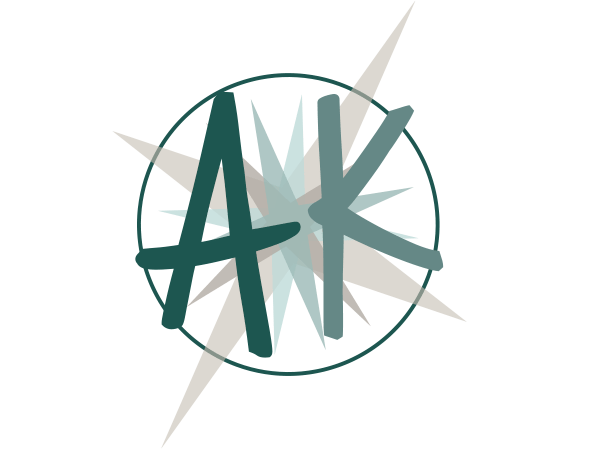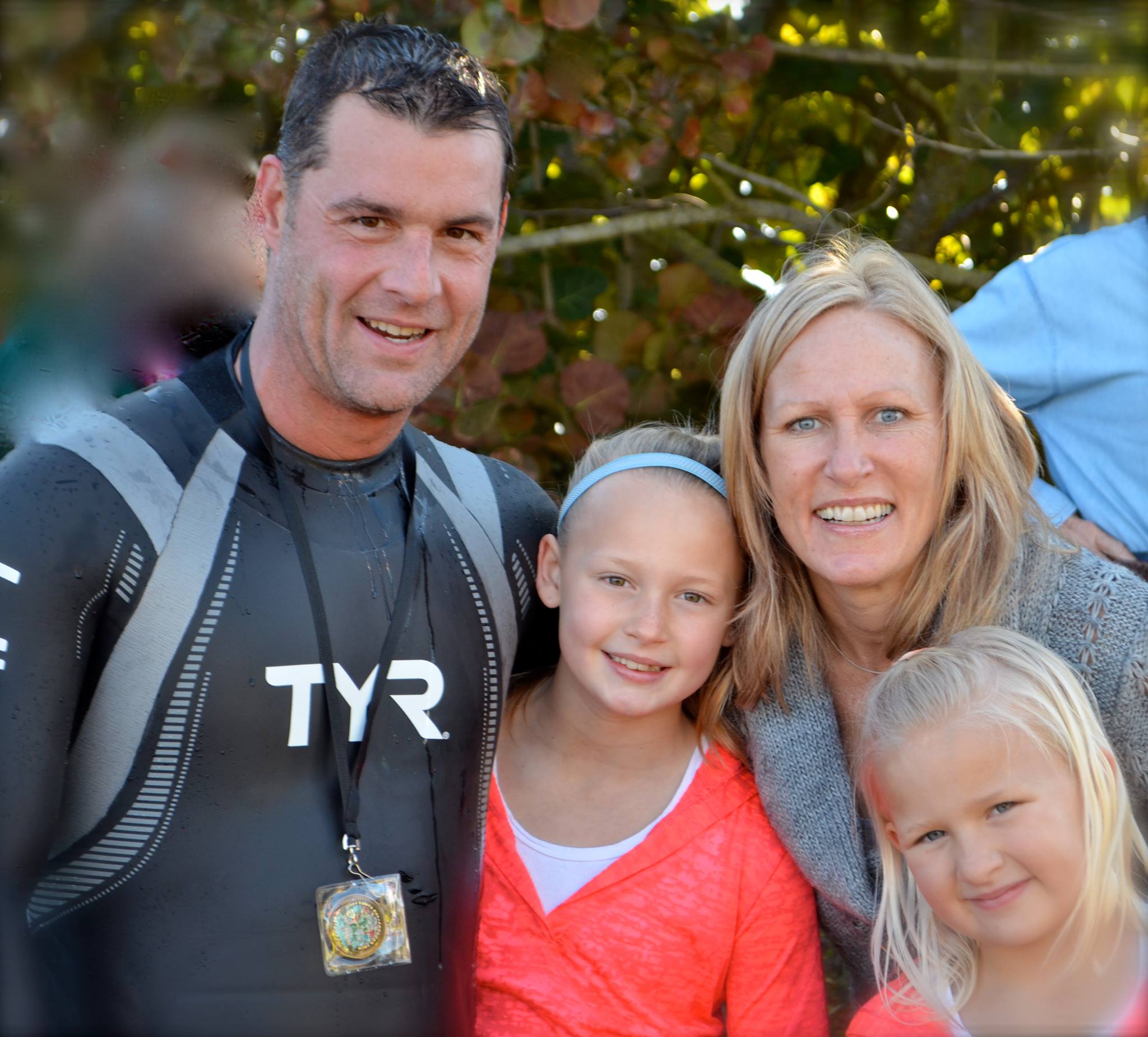 I am taking a break from my normal banter to share with you something that is on my heart.
I am taking a break from my normal banter to share with you something that is on my heart.
We hear about SEAL Team Six in the media… maybe you saw Zero Dark Thirty or Lone Survivor or you read the books. Maybe you even know a SEAL.
If you know a SEAL or a SEAL family, you likely won’t need a further explanation. My brother lives walking distance from Little Creek, VA, which is home to current Atlantic SEAL teams and I have had the pleasure of meeting a few of the SEALS and their families. Until recently, I went most of my life not knowing about SEALs so I am sharing this for anyone who would like to learn more…
SEAL teams go through what is considered by some to be the toughest military training in the world. And, for good reason. These are the guys that go in and do the work we don’t talk about at dinner.
They have a rich history since WWII. In 1943, there was a group of volunteers selected from the Naval Construction Battalions (SeaBees) to become the first Navy SEALs (which stands for Sea, Air, Land). They were converted into special teams called Navy Combat Demolition Units (NCDUs) which were tasked with recon and the clearing of beaches for troops going ashore during amphibious landings.
During WWII, in both the Atlantic and the Pacific, these units distinguished themselves and in 1947 the Navy organized its first underwater offensive strike units which were vital at the landing at Inchon and other missions during the Korean War.
Then, in the 60’s, each branch of the military created its own counterinsurgency force. The Navy took these UDT personnel to create SEAL teams, and in 1962, SEAL Team One was created in the Pacific, and SEAL Team Two in the Atlantic to conduct unconventional and counter-guerilla warfare. Integrated with Helicopter Attack Squadron Light (HAL) 3, Attack Squadron Light 4 and Patrol Boat, River forces, SEAL tactics soon gained respect. During Vietnam, in support of efforts to disrupt supply lines from Cambodia, HAL-3 transported special warfare personnel on more than 6,000 missions during 1970.
Terrorism in the Middle East began to rise and there grew a need to merge and standardized crisis response forces from the several services into a cohesive organization. In 1983 existing UDTs were reconfigured and redesignated as either SEAL teams or Swimmer Delivery Vehicle Teams and shortly afterward, President Ronald Reagan decided to unleash Operation Urgent Fury. The SEALs pre-emtive strike in Grenada was one of the first real-life tests of these new collaborative organizations.
In 1987 the Naval Special Warfare Command was commissioned at the Naval Amphibious Base, Coronado, California and SEAL beach was formed. This base’s purpose is to prepare Naval Special Warfare forces to carry out their assigned missions and to develop special operations strategy, doctrine, and tactics. By 1987 there were about 1,300 SEALs among six SEAL teams, a 50-percent increase in personnel since 1983.
After September 11, 2001, our SEALs’ evolution and years of training made for perfect positioning as they were poised to attack the terrorists in their own backyard and by March of 2002 there were two new SEAL teams: making a total of four in West Coast and four in the East. During the wars of Iraq and Afghanistan they conducted a variety of missions in both countries to include hunting and capturing of bomb makers, terrorist group leaders, and gathering intelligence for future missions.
By the end of 2011, these SEALs had a large hand in defeating the Taliban in Afghanistan (Operation Anaconda) and driving Osama bin Laden and the senior leaders of al-Qaeda into hiding, and ultimately killing Osama bin Laden in Pakistan in May 2011.
These brave SEALs do unimaginable work for the sake of freedom. At all times they need our gratitude.
On January 11, in freezing cold Tampa Bay, the Frogman Swim will raise money for the Navy SEAL Foundation (www.navysealfoundation.org), a four star rated charity with Charity Navigator. 100% of the proceeds from this swim will be donated to the Navy SEAL Foundation.
My brother, Doug, a Lt. Commander in the Navy, will be participating in the swim for the second time this year. He will don a wetsuit and jump into the freezing cold water and swim for over 3 miles. What is amazing, though, is that injured SEALs do it, too. Some without limbs. That is how important this foundation is for the SEALs.
“The Navy Seal Foundation’s mission is to provide immediate and ongoing support and assistance to the Naval Special Warfare community and their families by:
- Providing immediate and ongoing tragedy assistance for families who have lost a loved one in training or combat.
- Supporting family events to boost morale and encourage camaraderie.
- Awarding scholarships and providing educational assistance to families of the Naval Special Warfare Community.
- Preserving the rich history and heritage of the Naval Special Warfare community.”
This is our chance to give back to them and their families and say thank you. If this touches your heart, I hope you will join me in doing so. You can donate, here: http://www.imathlete.com/donate/DouglasHood and you don’t have to do $25 or more… Any dollar amount helps.
Thank you.


